Spinal Cord Stimulation
What is Spinal Cord Stimulation?
What Conditions Can Be Treated?
SCS is used to treat a variety of chronic pain conditions, including:
- Failed Back Surgery Syndrome : Persistent pain following spine surgery.
- Complex Regional Pain Syndrome: A chronic pain condition affecting the limbs after an injury.
- Peripheral Neuropathy: Nerve damage causing burning or tingling sensations.
- Post-Surgical Pain: Chronic pain persisting after a surgical procedure.
- Chronic Lower Back Pain
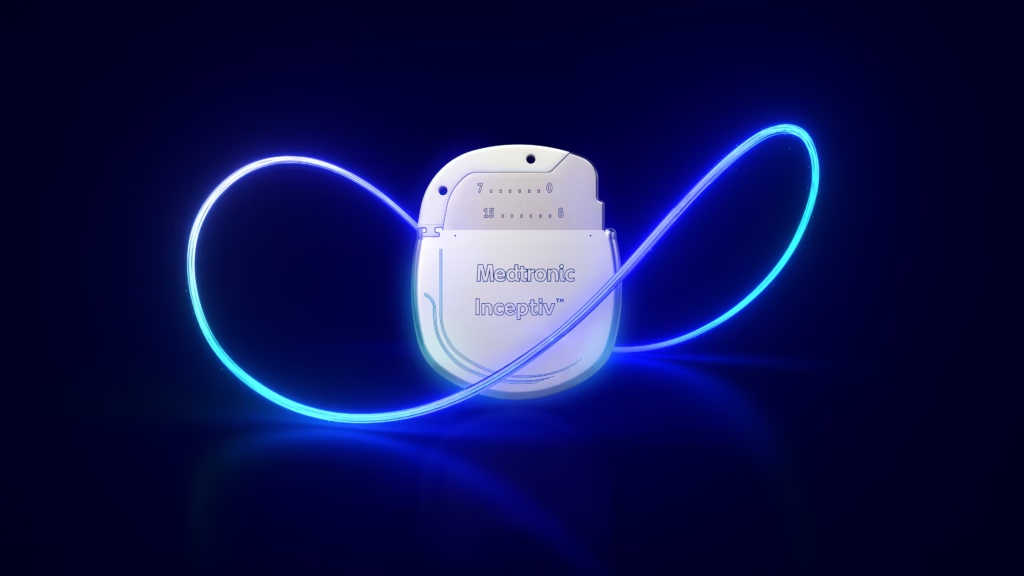
What to Expect During the Procedure
General Overview to the process

During your first visit, our team will evaluate your medical history, discuss your pain patterns, and review any imaging studies to determine if Spinal Cord Stimulation (SCS) is the right solution for you. If you are a suitable candidate, we will go over the risks and benefits of the procedure and arrange for the necessary lab tests and MRI studies before proceeding with the SCS trial procedure.
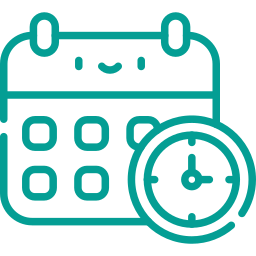
A temporary electrode is placed near the spinal cord through a minimally invasive procedure. The patient tests the device for a few days to determine its effectiveness in reducing pain. If successful, the patient proceeds to the permanent implantation phase.

Under local anesthesia and mild sedation at an ambulatory surgery center, the electrodes are permanently placed in the epidural space of the spinal cord. A small pulse generator (battery pack) is implanted under the skin, typically in the abdomen or buttock area. The system is programmed to deliver electrical impulses that the patient can adjust using a remote control.

Once the Spinal Cord Stimulation (SCS) device is implanted, the settings will be customized to meet your specific pain relief needs while you are in the recovery room at the surgery center. You will receive a remote control with multiple programs and will be educated on how to adjust the settings in real-time to tailor your pain relief. We will partner with a medical device representative in the area who will provide live on going support for the device.
Preparation: Before the Procedure





During the procedure

The area for injection will be thoroughly cleaned with antiseptic solution to prevent injection. Strict sterile protocol will be observed by all participants with sterile gown and gloves.
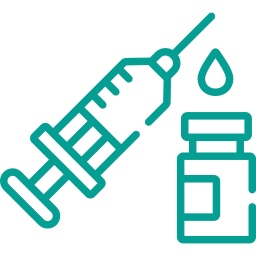
Local anesthesia such as Lidocaine will be injected to numb the area (similar to the numbing you would receive at the dentist) to ensure comfort during the procedure. Moderate sedation will be used for permanent implant.

Using fluoroscopic (real-time X-ray) guidance the doctor carefully positions a thin needle into the joint space and threads the SCS leads into the epidural space.
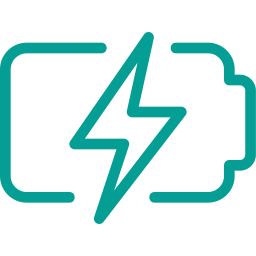
A pocket above the buttocks will be created to house the battery for the permanent implant.
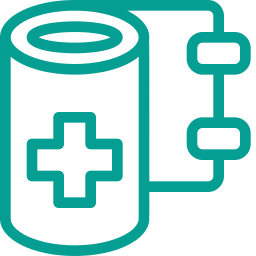
After the injection is complete, the area is cleaned, and a bandage is applied to protect the site.
After the Procedure: Post-Care
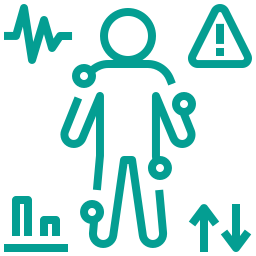



Advantages of Spinal Cord Stimulation
Significant Pain Reduction
Reduced Dependence on Pain Medications
Minimally Invasive
Adjustable Pain Control
Improved Quality of Life
Reversible Procedure
Multiple Stimulation Modes
What Are the Risks or Side Effects of Spinal Cord Stimulation?
- Infection: Risk of infection at the implantation site.
- Lead Migration: Electrodes may shift, reducing effectiveness.
- Device Malfunction: Electrical components may fail over time.
- Pain at Implantation Site: Discomfort around the area where the generator is placed.
- Allergic Reaction: Possible reaction to implanted materials.
- Tingling Sensation: Some patients experience mild paresthesia instead of pain relief.
